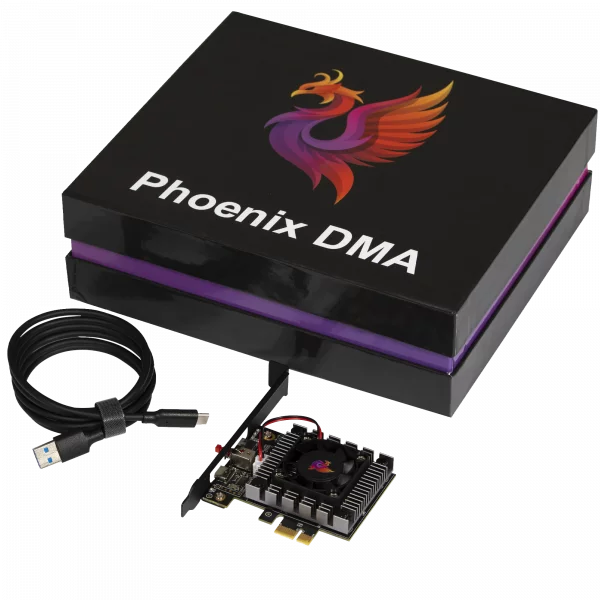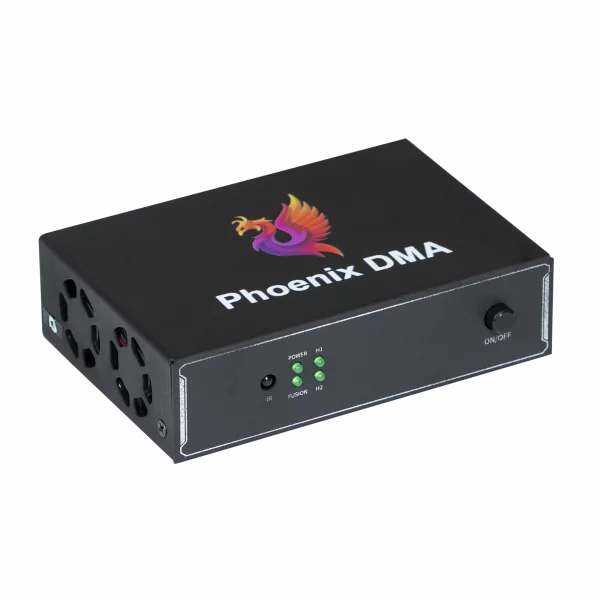How Kmbox Streamlines Data Management in Networks
In the pursuit of maximizing pc efficiency, different components play vital tasks in ensuring easy and successful operation. Among these parts, the Primary Storage Access (DMA) card stands out as an invaluable tool for optimizing program performance, especially in situations where information move rate and performance are critical. Here's how integrating a Arduino – Phoenix DMA into your system may lead to substantial improvements in performance and over all program optimization.

1. Accelerated Information Transfer One of many principal benefits of a DMA card is their capability to accelerate information move between storage and peripherals. Typically, knowledge transfer tasks involve the CPU to manage and mediate these operations, which can produce bottlenecks and decrease over all process performance. A DMA card, nevertheless, bypasses the CPU by enabling peripherals to communicate straight with memory. This direct entry decreases the requirement for CPU treatment, causing quicker and more efficient knowledge transfers. For projects that include large documents or high-bandwidth purposes, such as for instance movie editing or knowledge examination, this acceleration may make a noticeable difference in processing speed. 2. Decreased CPU Load By offloading data move responsibilities to the DMA card, the CPU is separated from the duty of handling these operations. This lowering of CPU workload enables the processor to focus on different critical responsibilities, such as executing programs and managing complex computations. In a multitasking setting, where the CPU often juggle multiple techniques simultaneously, that offloading is very beneficial. It results in improved program responsiveness and assures that programs run easily without being restricted by information transfer limitations. 3. Enhanced System Stability Program stability is an essential part of efficiency, particularly in mission-critical applications and high-demand environments. A DMA card helps improve process balance by managing information transfers separately of the CPU. That reduces the likelihood of system slowdowns or crashes brought on by CPU overload. For consumers working together with real-time data running or high-performance computing tasks, ensuring that the CPU is not inundated by excessive information administration is essential for sustaining a well balanced and reliable system. 4. Improved Efficiency in High-Demand Circumstances In cases where high-speed knowledge transfer is important, such as for example in RAID adjustments or high-performance marketing, a DMA card can be quite a game-changer. The card's power to deal with numerous information routes concurrently and control knowledge flow effortlessly helps it be a fantastic choice for optimizing efficiency in these challenging situations. 5. Simple Integration and Upgrades Integrating a DMA card in to the body is just a simple process that may produce immediate efficiency benefits. Several DMA cards are created to be suitable for a wide selection of programs and may be quickly installed into available expansion slots. Moreover, upgrading to a DMA card can be quite a cost-effective method to enhance process performance without requiring an entire electronics overhaul. That makes it an attractive selection for people trying to enhance their techniques without significant investments.

To conclude, a DMA card can enjoy a crucial role in optimizing program performance by accelerating data transfers, reducing CPU load, enhancing process stability, and increasing performance in high-demand scenarios. For users seeking to maximise their system's efficiency and responsiveness, adding a DMA card supplies a realistic and successful alternative, providing concrete advantages across a variety of processing projects and applications.